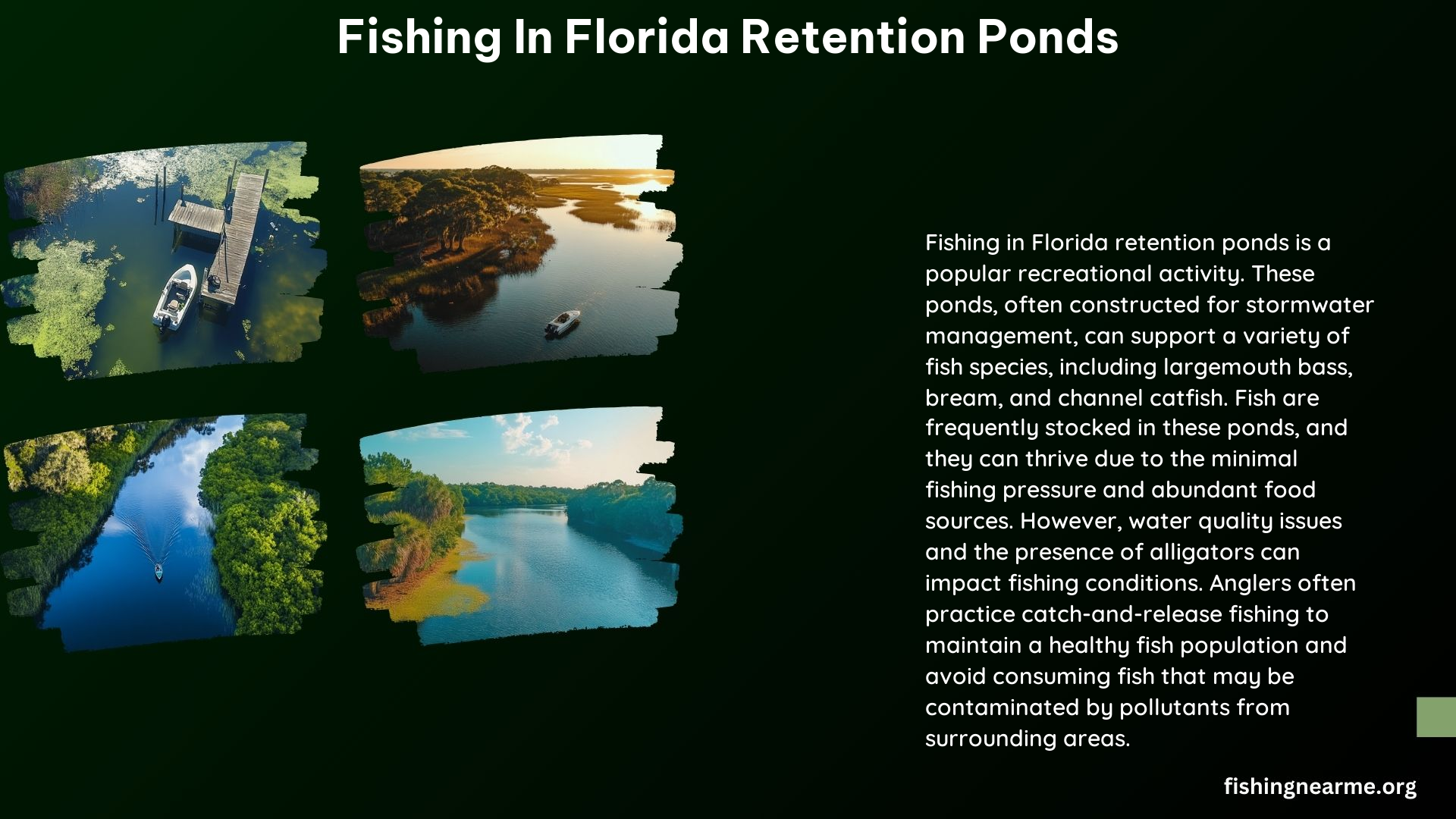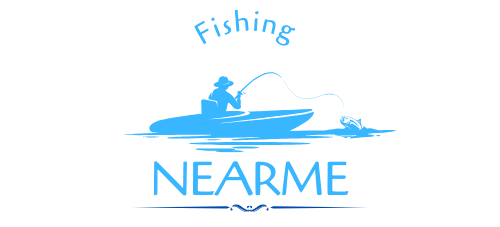Fishing in Florida retention ponds can be a rewarding and exciting experience for anglers of all skill levels. These man-made bodies of water, designed to manage stormwater runoff, often teem with a variety of fish species, making them a popular destination for local and visiting fishermen. In this comprehensive guide, we’ll explore the ins and outs of fishing in Florida retention ponds, from the types of fish you can expect to catch to the best practices for finding and accessing these hidden gems.
Are There Fish in Florida Retention Ponds?
Yes, many retention ponds in Florida are home to a diverse array of fish species. These ponds are often stocked with fish, and the fish can reproduce and thrive in these environments. Some of the most common species found in Florida retention ponds include:
- Largemouth Bass
- Bream (Bluegill and Redear Sunfish)
- Tilapia
- Crappie
- Channel Catfish
- Grass Carp
The presence and abundance of these fish can vary depending on the specific pond, its water quality, and the management practices in place. Some ponds may be more heavily stocked than others, while some may have naturally occurring populations that have established themselves over time.
Can I Eat the Fish I Catch from Retention Ponds in Florida?

It is generally not recommended to consume fish caught from retention ponds in Florida. These ponds often receive runoff from nearby lawns, streets, and other sources, which can contain a variety of pollutants, such as pesticides, herbicides, and other contaminants. While the fish may appear healthy, they may still be contaminated with these substances, making them unsafe for human consumption.
It’s important to note that the Florida Fish and Wildlife Conservation Commission (FWC) and local health authorities may issue advisories or restrictions on the consumption of fish from specific retention ponds, so it’s always a good idea to check with these agencies before consuming any fish caught from these waters.
How to Find a Good Retention Pond to Fish in Florida
To find a good retention pond to fish in Florida, look for ponds with the following characteristics:
- Vegetation: Ponds with rooted, emergent vegetation like bulrushes, cattails, water lilies, or pickerelweed are more likely to hold fish.
- Minnows: The presence of minnows like guppies around the pond’s margins can indicate the presence of larger fish.
- Avoid Ponds with Obvious Pollution: Steer clear of ponds with visible signs of pollution, such as trash, algae blooms, or strong odors.
- Check Local Regulations: Ensure that the pond is open to fishing and follow any local regulations or restrictions.
Additionally, consider the following tips when selecting a retention pond to fish:
- Fishing Pressure: Retention ponds often have minimal fishing pressure, making the fish more aggressive and easier to catch.
- Water Quality: While retention ponds can be productive, their water quality may not be ideal for fish and wildlife due to the influx of pollutants from surrounding areas.
- Alligators: Be aware that alligators may be present in some retention ponds, so exercise caution when fishing.
Fishing Techniques and Gear for Retention Ponds
The fishing techniques and gear you use in Florida retention ponds will depend on the specific species you’re targeting and the pond’s characteristics. Here are some general tips:
- Lures and Baits: Live bait like minnows, worms, or crickets can be effective, as can a variety of lures, such as crankbaits, spinnerbaits, and soft plastics.
- Rods and Reels: Light to medium-light spinning or baitcast setups are typically the best choice for targeting the common species found in retention ponds.
- Line and Leaders: Use monofilament or fluorocarbon line in the 6-12 lb test range, and consider using a leader to help prevent line breakage.
- Casting Techniques: Accurate, short-range casting is often key in retention ponds, as the fish may be holding close to the banks or around submerged vegetation.
Remember to always check local regulations and obtain any necessary fishing licenses or permits before casting your line in a Florida retention pond.
Conclusion
Fishing in Florida retention ponds can be a unique and rewarding experience for anglers of all skill levels. While it’s important to be mindful of potential water quality issues and local regulations, these man-made bodies of water can offer a surprising abundance of fish species and minimal fishing pressure. By following the tips and guidelines outlined in this guide, you’ll be well on your way to discovering the hidden gems of Florida’s retention pond fishing scene.
References:
- https://www.reddit.com/r/ucf/comments/1bd8t7p/i_keep_seeing_people_fishing_in_those_retention/
- https://www.bassresource.com/bass-fishing-forums/topic/93061-retention-ponds-worth-the-cast-or-a-waste-of-time/
- https://edis.ifas.ufl.edu/publication/FA001
- https://myfwc.com/conservation/you-conserve/recreation/pond-management/
- https://www.spottedtail.com/fly-fishing-florida-retention-ponds/
